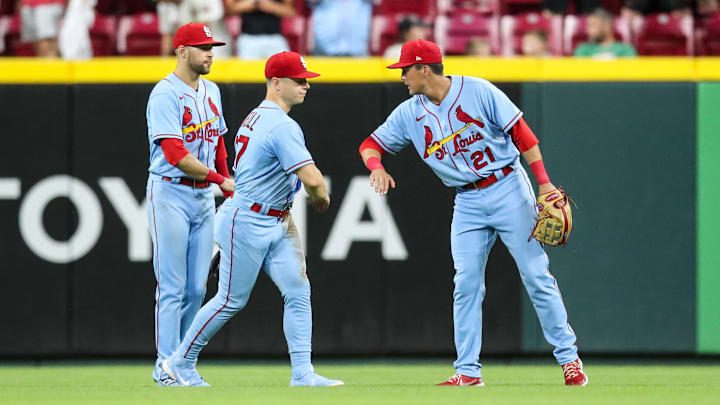Waiting to make a trade
Way back in late June, the Texas Rangers made a trade with the Kansas City Royals for Aroldis Chapman. This was the unofficial start to the trade deadline shenanigans. While some minor trades happened in the ensuing month, most of the major actions didn't occur until the day of the trade deadline. Why is this the case each year? Why do sellers wait so long and buyers hold on until the last second?
Well, one answer would be clarity. Teams are waiting for a winning streak, a glimmer of hope, or another team's demise to commit to being a buyer or seller at the deadline. Multiple organizations waited until the results of games on Sunday and Monday to decide their fate at the 2023 deadline. Additionally, it is possible that the prices could rise as more teams become desperate to make a move at the last second, thus helping the sellers get more in return.
However, the sweet spot for dealing this past year is relatively clear. On July 27th, the Los Angeles Angels and Chicago White Sox agreed to a deal that sent starter Lucas Giolito and reliever Reynaldo Lopez to the Angels for 2 of their top-4 prospects. The next day, the Sox traded Lance Lynn and Joe Kelly to the Dodgers for a serviceable outfielder in Trayce Thompson, Nick Nastrini (#5 organizational prospect), and Jordan Leasure (#27). This appears to have been the sweet spot for deals. The White Sox traded away players that wouldn't be around the next year and immediately flipped their farm system with just four players.
This decreased the need for teams such as the Angels and Dodgers to send valuable prospects to the Cardinals for rental players like Jack Flaherty and Jordan Montgomery. Waiting also opened up the market for other teams to begin selling, such as the New York Mets. Justin Verlander and Max Scherzer immediately became top trade targets for contenders across the league. Despite their expensive contracts, teams were willing to give up prospects for their ace-level talent. The entrance of the Mets' pitchers lowered the value of the Cardinals' pitchers.
Had the Cardinals dealt earlier in the deadline (July 26th or 27th, when it was clear they would sell and Monty and Flaherty had extra starts left), they could have beaten out the other sellers and gotten a bigger return. Waiting to sell increases the number of players available and decreases the number of buyers. More competition raises the prices of a product. Selling when as many teams as possible are interested creates a higher price for your players.
